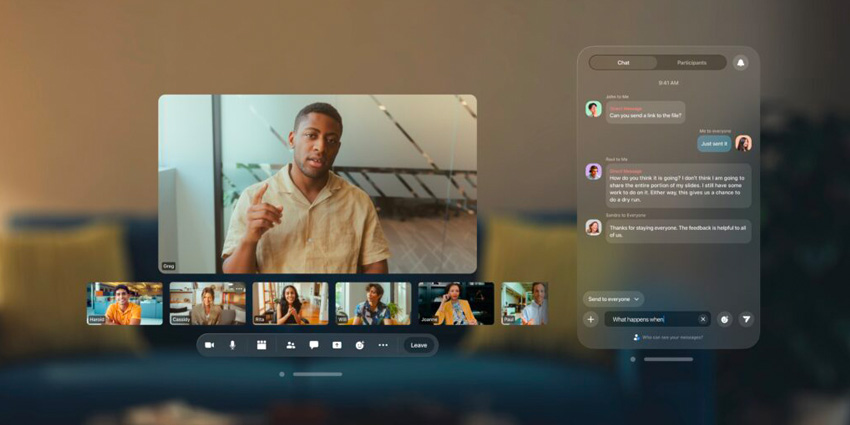Unity continues to enhance its XR Interaction Toolkit (XRI) this week as the RT3D graphics engine provider works towards establishing its product as a tool for immersive enterprise and consumer application development.
Following a landmark 2.3 update earlier this year, Unity is building upon its work with version 2.4.0, including notable enhancements to the service’s eye and hand-tracking developer features.
The firm included deep eye and hand-tracking considerations as part of the 2.3 update, and the new features will refine these offerings.
The update comes as many XR hardware and software providers leverage eye and hand-tracking inputs to improve usability and immersion for XR applications.
XRI 2.4.0 to Enhance Alternative XR Input and Interactive
Firstly, Unity is improving the XRI eye gaze functions the firm first introduced in 2.3 with new aim assistance features.
XRI aim assistance enhancements aim to improve the usability of eye-based aiming and selections by spreading functionalities across controller devices.
The new XR Gaze features allow application users to aim cursers with their eyes and select points of interest with a controller. Unity notes that the features act as a “fallback” for when controllers are pointing away from an HMD’s display.
Moreover, the new aiming feature includes an XR Gaze Assistance component which auto-adjusts trajectories when a user throws in-application objects – improving accuracy.
On the hand-tracking side, Unity adds a series of “additions and updates” to improve hand detection and feedback.
Unity XRI version 2.4.0 includes XR Input Modality Manager, which regulates the runtime of hands and controller visualisations when a user switches between the two.
Version 2.4.0 also includes reactive hand visuals, which provide interaction-reactive visuals that improve digital representations of a user’s fingers. Moreover, the XRI enhancement also adds XR Origin Hands, which highlights individual fingers during an in-application interaction.
Additionally, Unity XRI 2.4.0 includes new hand-tracking features for its XR Device Simulator – a programme that imitates device-specific spatial environments for testing purposes – which adds a series of standard, pre-defined hand poses to support XR application development.
More XRI 2.4.0 Features
XRI version 2.4.0 also includes some minor improvements for XR interaction.
One of the updates improves climbing interactions. The update now allows developers to add climbable objects in applications. Unity notes that XR developers can create “ladders, climbing walls or even monkey bars.”
Moreover, Unity includes a new Focus State feature, highlighting interactable objects and allowing users to remain focused on a specific item. The feature improves user retention within an object-dense immersive environment.
Moreover, Unity is adding minor fixes to the XRI service, such as a reorganized setting menus and interaction layer popup box.
Building Upon XRI 2.3
Unity started solidifying eye and hand-tracking developmental considerations for XRI with its 2.3 updates, allowing XR developers to create more immersive and natural XR experiences for consumer and enterprise applications.
XRI 2.3 added audiovisual affordances that let developers integrate immersive visual and audio cues to help users understand how to interact with objects.
Thanks to XRI 2.3, an interactable object that a user can pick up can leverage visual highlights or sound effects. Moreover, the feature contains considerations for other forms of digital object interaction, such as hovering, selecting, and activating.
Eye and Hand-Tracking for Enterprise
Many enterprise-grade XR hardware and software providers, such as RealWear and Microsoft, leverage eye and hand-tracking features to optimize workplace operations and communications.
In a recent XR Today roundtable, industry experts provided insights into enterprise eye and hand-tracking usage.
Ivan Rajković, CEO at SpectreXR added:
Tracking solutions have become an essential component of modern digital interfaces, providing a more engaging and intuitive experience for end-users. Enterprise adopters can benefit greatly from incorporating tracking solutions into their products, creating a user-friendly and inclusive experience that enhances the overall value proposition of their offerings.
Moreover, Rajković explained that tracking solutions can help overcome many challenges in the space, including accessibility and usability.
“For example, individuals with disabilities may find it difficult to use traditional hardware controllers. Tracking solutions provide an alternative that is more accessible and inclusive, enabling a broader range of users to interact with digital interfaces,” Rajković also added.






